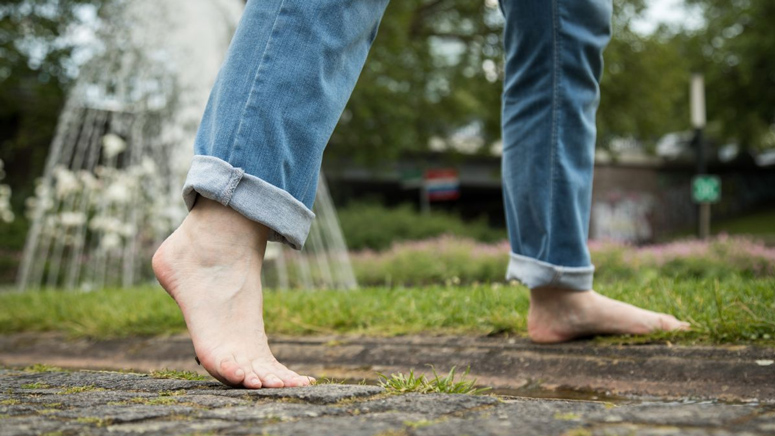A heel spur or bone spur is a type of bony growth that sticks out from the bottom of your heel, at the joint where you help bone connect to the ligament running between your heel and the ball of your foot (the plantar fascia). Heel spurs are not very common, it affects about 15% of people.
Heel spurs develop over time. In most cases one may not recognize that they have a heel spur until they seek help due to pain in the heel. Although heel spurs can be removed with surgery, healthcare providers generally prefer non-surgical treatments to ease symptoms that come with heel spurs.
What Is the Difference between Heel Spurs and Plantar Fasciitis

People often mistake heel spurs and plantar fasciitis to be the same thing. While they are related conditions, they are not the same. Here is the relationship better two:
- Heel spurs tend to happen as a reaction to stress and inflammation caused by plantar fasciitis. Over time your body responds to the stress by building extra bone tissue, which becomes heel spur. Most people don’t feel pain from their heel spur, but when they do the pain is similar to plantar fasciitis pain.
- Plantar fasciitis [1] occurs when you overuse, stretch or tear your plantar fascia (the ligament that runs between your heel and the ball of your foot). Plantar fasciitis causes an intense stabbing pain in the heel that comes and goes throughout your day. The pain eases once you walk for a bit but comes back if you sit and then get up to walk some more.













